
Like most online entrepreneurs (and humans in general), I spend the majority of my days in front of a screen. I’m always working on various projects at any given time, so it’s important I have the tools necessary to stay focused and get work done. I can be a bit of a tool/app geek, so I’ve got to keep from getting distracted by new, pretty, shiny objects. Maybe you know what this is like 🙂 If you’re not that familiar with tech, you can hire a virtual CIO to manage your business hardware, software, and cloud services.
It’s easy to get distracted by the cool factor of a tool that you don’t actually do any work. A hammer is worth nothing if you don’t actually hit the nail. You can have the most beautiful and efficient hammer in all the land, but it’s just a wasted tool if you don’t hit something with it (I’d prefer you only hit nails).
So I’ve compiled my list of the top 10 most important tools I use to run my business and my days. Most of these are free, relatively inexpensive or at least have a free trial with them.
Evernote
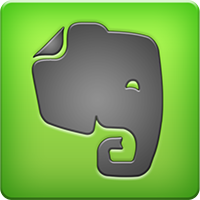
Evernote is where I dump my brain. I use it to create my annual, quarterly, and weekly goals (I’ll write more on this process in the future). I wrote this post in Evernote. I use it to save pictures of receipts for tax season. I keep an ongoing list of blog post ideas there.
It’s free or you can get a premium upgrade for only $5/month (that’s what I do). Evernote syncs across all your devices, so you can keep everything with you at all times.
Michael Hyatt has several posts about how he uses Evernote. You can find them all indexed here.
Wunderlist
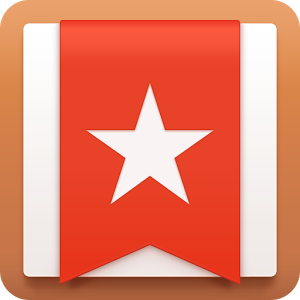
Wunderlist is the free to-do list tool I use to manage my days. I am a follower of David Allen’s Getting Things Done methodology which encourages you to capture task ideas all the time. I have a generic inbox within Wunderlist where new tasks go and then I drag/drop them into a specific categories.
The design is sleek and simple. They also have apps that sync across all your devices but I generally only use the desktop app for Mac.
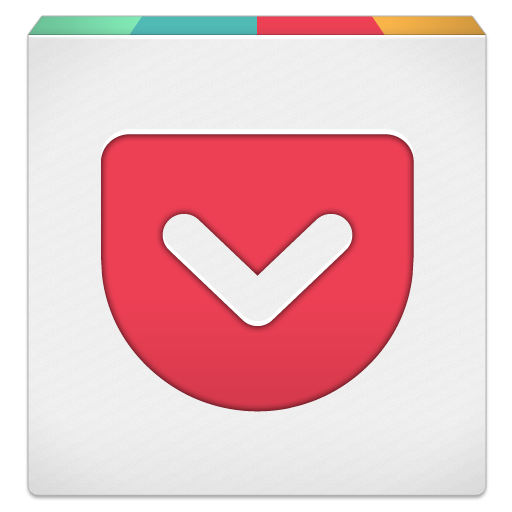
You ever come across an online post, article, video, or website that you’d like to read/watch but just don’t have the time? Or maybe you’ve gone down that rabbit trail only to find yourself an hour later wondering how you got so distracted.
Pocket is a simple (and free) tool to let you save something online to view later. Throughout the day, rather than taking that rabbit trail, I’ll “save to Pocket” using their Chrome extension and it groups everything for reading later.
This is a great time saver because I can not only read posts later (and avoid distraction now) but I can batch that reading together rather than having it spread throughout the day.
Slack
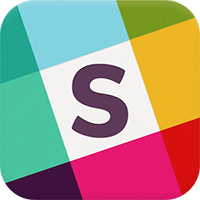
If you work with a team online, Slack is your new BFF. Our team has started using it instead of email, and it’s been glorious. You can create different ‘channels’ for different topics of conversation within your business and only invite people necessary to those channels (no more CCing everyone for no reason).
I love Slack because all the communication is real-time and it syncs instantaneously to all your devices. Think of it like a modern day group instant messenger. Oh, and it’s free.
Highrise

I’m a big fan of the company Basecamp (formerly known as 37 Signals). Their book Rework is still one of my all-time faves. We have used Highrise as a contact management solution for the past several years.
We have used it primarily with the speaking business to track conversations, information about clients, and schedule follow up tasks. Highrise has an easy to understand interface and works well for tracking contacts, leads, and clients. You can get a 30-day trial on any membership level, but they also have a free option with limited features.
Asana
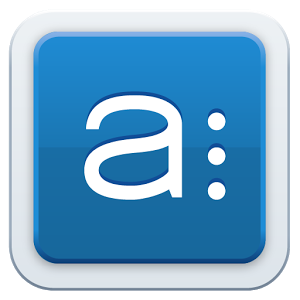
Asana is a new tool we recently started using to track projects among our team. As our team has grown, it’s been a great way to keep track of what everyone is working on and keep the train on the tracks.
I use Asana to assign tasks to other team members and make sure no one has too much on their plate. It’s been very helpful with bigger projects (like the course we’re working ;)) to make sure everyone knows what they need to get done.
There is a premium paid option, but we just use the free version.
YNAB
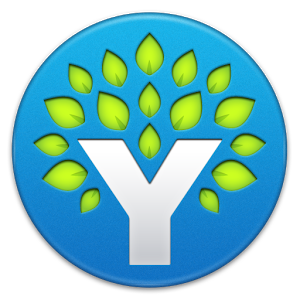
I’m a huge believer in paying attention to where your money is going both personally and professionally. I have used You Need A Budget for a while for my personal finances but am in the process of transitioning all of our business finances over to it as well (it’s that good).
Sticking your head in the sand and hoping your financial issues go away is not a plan. When you eliminate debt and live on a budget, I can say from experience you’ll have less stress and more confidence in where your money is going. You can get a 34 day trial but if you want to keep it, the software costs $60 (which is a bargain if you ask me).
Buffer

I regularly find helpful resources online I want to share through social media. Generally that means just machine gun posting them all one after another. You shared 5 great links in the span of two minutes and now you hope everyone who needs to see them is online during those two minutes.
Buffer is a tool that allows you to schedule your social media posts when your followers are online and most likely to see it. It makes scheduling your tweets or posts super simple. Now when browsing the web, I can use their Chrome extension and add posts to my Buffer to tweet out later.
You literally set it and forget it. Boom. And it’s free (although I use the Awesome plan).
Focus@Will
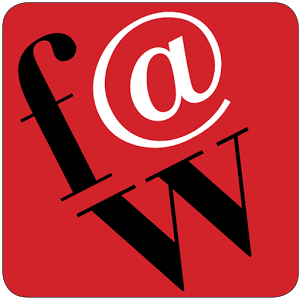
I used to listen to Pandora while working but I would get caught up in my air drum solo and get distracted from work. I still liked having some music on in the background to keep me focused, so I started using a service called Focus@Will.
Focus@Will plays music specifically designed to help your brain stay engaged. It helps increase your attention span and general focus.
There is a 30-day free trial with the service.
Dropbox
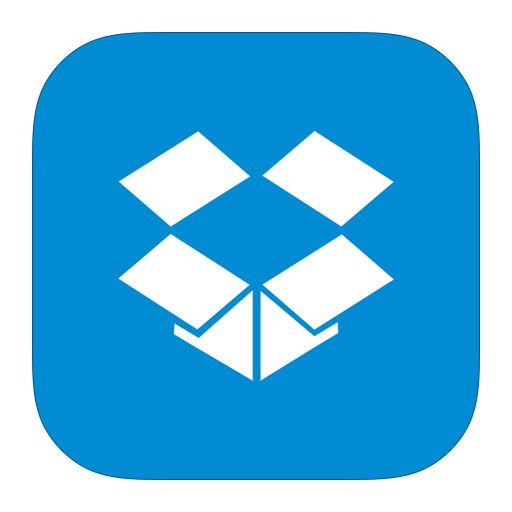
If Evernote is my brain for writing things down, Dropbox is my external brain for storing files. I use Dropbox religiously for not only sharing files with others and within our team, but I use it as my primary backup for my computer.
On occasion, I have been somewhere without a file I needed and have been able to log into Dropbox from a different computer and get what I needed. It just works.
They offer a free version, but I use the $9.99/mo pro version for 1 TB (1,000 GB) of
Web Development: A Powerful Tool For Business Growth
Developing an effective web presence is imperative for sustainable business growth. While you may be concerned about your social media pages, if your website does not appeal to your audience, your digital marketing efforts will go down the drain. Taking this fact into account, future-minded companies are now increasingly investing in web development so they can comfortably meet the needs of their tech-savvy consumers. Get the most professional assistance from this top user research firm.
It is no longer a question to ask whether or not website development is important, we know it is more than ever. The question is how to understand the behavior of modern consumers and develop web solutions that can produce optimum results.
Technology is something that keeps evolving and creating innovative ways to market businesses on the internet. The secret to success is in being useful, relevant, and unique. The best way to stay ahead of the curve is by creating valuable and user-centric experiences.
There are millions of sites out there struggling to win attention. How are you going to make your business site more relevant and enticing in order to stand out and beat the competition? The ideal approach is to look for emerging web development trends and implement them in a timely manner.
1. The Internet of Things (IoT) is on the rise
The increasing number of smart devices and the implementation of IoT has already transformed the way we build websites and mobile apps. Experts are of the opinion that IoT will be everywhere from industrial production plants and offices to residential homes. The future is likely to refine the concept of IoT and make it more feasible for the web development industry.
We’re coming close to a point in time when people will soon control every device from cars to kitchen appliances through their smartphones. With an accelerating trend of connecting all sorts of devices to the internet, controlling them through mobiles is gaining momentum. Industries such as automotive, smart health, education, and smart homes are all set to integrate the IoT into their web development strategy. While some industries are still reluctant to embrace change and continue to wait for others to take the first step.
The internet of things is still in its primitive phase and will take some time to materialize its full potential. The ongoing improvements in IoT applications will further refine the connection between people and internet-enabled devices.
2. Machine learning (ML) is helpful
Machine learning is ushering in a new era of web development where smartphones, desktops and other digital devices don’t require additional programming to complete various tasks anymore. It enables web applications to collect and analyze information to suggest appropriate conclusions. Smart machines can accumulate previous experiences and use them to make intelligent decisions.
Data is what makes ML possible. The more quality data provided to the algorithm, the more accurate and reliable the predictions. Likewise, the simpler the model, the easier the learning process. The most important thing is to select the appropriate ML method to produce the desired results.
Data is readily available to marketers and developers thanks to the rise of mobile devices and apps. The biggest challenge in this respect is to mine through large amounts of data and produce understandable insights to facilitate the design and execution process.
Developers have a lot to do with machine learning as it can allow them to apply critical business analytics to any application. Websites with machine learning capabilities have plenty to offer from improved customer experience to provision of quality recommendations. The use of machine learning will definitely have a huge impact on web development in 2018 and beyond.
3. Accelerated mobile pages (AMP) is mandatory
AMP is a relatively new way of developing really fast mobile web pages. AMP allows developers to build mobile pages with fast loading speeds. Fast and flawless mobile experience simply leads to a lower bounce rate, easy content replacement, and better ad visibility. Progressive web apps is another project by Google, which seeks to offer a quick and valuable user experience where engagement flourishes and pain points are reduced to a minimum.
In the Digital Age, people do not appreciate web pages that take plenty of time to load. Websites with slow loading speed are destined to fail. Therefore, if you are planning to make a difference through web development, make sure your digital assets run smooth and fast across all devices.
4. Augmented reality will continue to flourish
In the last couple of years we have witnessed the development of a number of augmented reality web applications; for instance, Pokemon Go. Both virtual reality (VR) and augmented reality (AR) have made a significant impact on the entertainment industry. It is highly likely that augmented reality technology will continue to revolutionize the web and app development industry. Technology experts are of the opinion that AR and VR will generate $150 billion in revenue by 2020.
AR presents a potential market for developers and businesses to explore, as well as an exciting opportunity to reshape content marketing. Amazon is one of the few businesses that is already leveraging these innovative technologies to disrupt the retail sector. Industries such as engineering, real estate, healthcare, gaming, and live events will keep trying AR in order to produce exciting digital experiences.


I always enjoying reading blogs about the various tools that people are using to get the job done. I couldn’t agree more on Evernote, that little booger is awesome. I’m a little surprised that you use Pocket instead of Evernote’s Web Clipper. I like having my brain dump and my favorite findings online in one place. Web Clipper allows me to do that pretty easily. I prefer Mint over YNAB, but to each his own I guess. Instead of Buffer, I use Hootsuite which has been awesome for our multiple social identities. And rather than Dropbox, we use Google Drive. But, it sounds like we are doing the same things with different tools. I’ll let you in on another tool that you may just find to be “amaze-balls”….IFTTT. It has channels for almost all of those mentioned above and allows you to create “recipes” to make different channels talk to each other. Nice work GB.
I always enjoying reading blogs about the various tools that people are using to get the job done. I couldn’t agree more on Evernote, that little booger is awesome. I’m a little surprised that you use Pocket instead of Evernote’s Web Clipper. I like having my brain dump and my favorite findings online in one place. Web Clipper allows me to do that pretty easily. I prefer Mint over YNAB, but to each his own I guess. Instead of Buffer, I use Hootsuite which has been awesome for our multiple social identities. And rather than Dropbox, we use Google Drive. But, it sounds like we are doing the same things with different tools. I’ll let you in on another tool that you may just find to be “amaze-balls”….IFTTT. It has channels for almost all of those mentioned above and allows you to create “recipes” to make different channels talk to each other. Nice work GB.
I’ve played with IFTTT but haven’t used it much yet
I use IFTTT to push my instagram posts to FB and Twitter. That’s about it.
Leave a comment